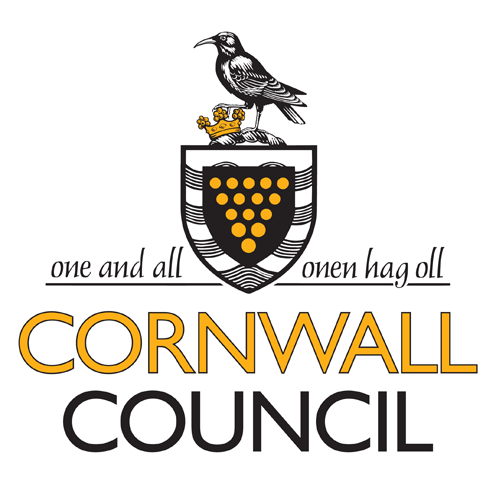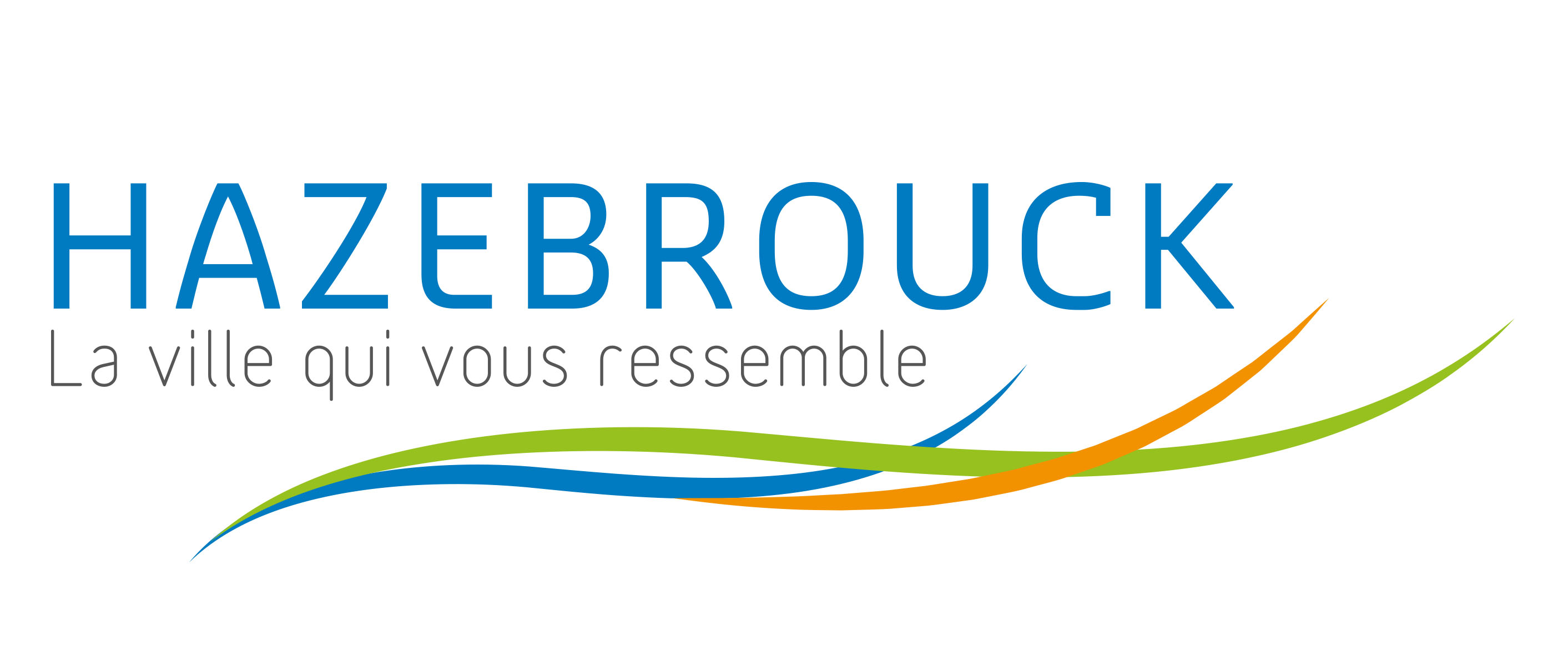DISCUSSION FORUM RUBRIC WHAT IS A GOOD RESPONSE?
9 DISCUSSION PAPER ON EXPERT EVIDENCE ISSUESDISCUSSION FORUM RUBRIC WHAT IS A GOOD RESPONSE?
(PAPER PREPARED FOR PRESENTATION AND DISCUSSION AT THE ASLEA
03_31_CDDiscussion
11 BEDÖMNINGSMALL BILD OCH FUNKTIONSUNDERSÖKNINGAR MODIFIERAD “CASEBASED DISCUSSION” STLÄKARENS
113 SMALL GROUP DISCUSSION QUESTIONS DIRECTIONS AS A GROUP
Discussion Board: What is a Good Response
|
|
Discussion Forum Rubric |
What is a Good Response?
Using the Discussion Board effectively without becoming overwhelmed by reading and responding to every student posting can be a challenge. So how do we move from sage on the stage to guide on the side in an online environment? The simple answer is to gradually move the Discussion Board from instructor-led discussions to student-led discussions. However, first, it is necessary to determine what exactly constitutes a good response. For example, here are two student postings on a guest speaker:
“I agree with you completely. . . . I walked away from the presentation feeling like I will really make a difference as a teacher and that was a good feeling.”
“Dr. Hansen’s list of ‘What we know about teaching’ gave me a strong sense of what it means to be an artist in the classroom. . . . I am convinced that we—in this cohort—are people who want to create masterpieces in our classrooms, connecting with students in unique and potent ways.”
Which response is the better response? Why? More importantly, how can we impart criteria that students could use to self-assess their online discussion responses to achieve higher-level thinking and more critical, insightful responses? The rubric on the following pages establishes a proficiency level to evaluate responses.
Using the Rubric
A simple way to use the rubric is for the instructor to grade responses based on the proficiency levels. A more resourceful way is to have students determine the level of their own responses using the rubric. For example, after several discussion forums, an instructor can have the students choose their three best responses. Students write a justification for their choices based on the rubric. The instructor can use the three best responses and the justification to evaluate the student’s work in the Discussion Board.
The most significant element of this activity is that students are practicing self-assessment and self-directed learning. At the same time, the instructor does not have to respond to every single response that a student makes. The result is better learning without an inordinate amount of extra work for the instructor.
After the rubric is explained to the students, a typical discussion board strategy might include the following:
Students are given an article to read and respond to the article by writing a question.
Each student replies to the question of another student. They end their response with another question.
Students are grouped into teams of two or three.
Each group is responsible for taking an unanswered question or creating a new question to post in a Discussion Forum. The group is responsible for monitoring the forum.
Each group is evaluated on the quality of the ensuing discussion.
After the Discussion Board activities are finished, the instructor asks all students to choose their three best responses with a written justification for why they chose those responses according to the rubric.
The instructor then evaluates the students’ participation based on the material they submit.
What is a Good Response? |
|
|
Proficiency |
Criteria |
|
Highest Level |
Response reflects an awareness of the students’ personal thinking. Explains in detail the sequence of thought they used when facing a task or problem. Provides a detailed analysis of how an awareness of their own thinking has enhanced their performance. Response reflects an openness to adopting alternative perspectives. Identifies and articulates differing points of views. Demonstrates flexibility and objectivity. Response reflects the ability to analyze differing perspectives. Explains the reasoning behind differing points of view. Considers and discusses alternative views rationally and impartially. Response reflects the ability to construct support. Determines when it is appropriate to take a position on an issue and is able to justify the position by providing “careful and reasoned qualifications or restrictions.” Response reflects an effective interpretation of information. Interprets information in an accurate and insightful way. Cites readings and prior experiences and explains how these references extend and refine insights. Response reflects an effective synthesis of information. Clearly identifies and explains the social, political, and/or professional implications of the information and insight.
|
|
Medium Level
|
Response somewhat reflects an awareness of the students’ personal thinking. Provides a vague or incomplete description of how they might think through a task or problem. Provides on a few ideas about how new information could influence their performance. Response reflects difficulty with adopting alternative perspectives. Identifies and articulates differing points of views as points of opposition. Demonstrates a somewhat inflexible position and an unexplained bias in discussing alternative points of view. Response reflects development toward analyzing differing perspectives. Identifies and articulates issues that are not points of disagreement as important issues of disagreement. Response reflects development toward constructing support. Takes a strong position on an issue that does not necessarily warrant defense. Articulates a position but omits a clear line of reasoning to advance that perspective. Response reflects an interpretation of information. Refers to other readings or experiences, but references and explanations about how the information provides insight are underdeveloped or awkward. Response reflects a synthesis of information. Inconsistent or incomplete explanations of how the information will affect their own thought and the thought of others.
|
|
|
|
|
|
|
|
Proficiency |
Criteria |
|
Lowest Level |
Response reflects an emerging awareness of the students’ personal thinking. Provides confusing, little, or no report of the thinking an individual might use to solve a problem or complete a task. Falters in the explanation of how the new information will influence the current thought. Response reflects difficulty with adopting alternative perspectives. Demonstrates an inability to understand or discuss alternative points of view objectively. Often disagrees without defining the opposing viewpoint. Response reflects an emerging ability to analyze differing perspectives. Defends personal dominant and privileged beliefs, expectations, and values without sufficiently considering alternative points of view. Ignores explicit and implicit points of disagreement. Response reflects an emerging ability to construct support. Identifies and defends information that does not require support. Fails to identify a claim that necessitates support. Response reflects an emerging ability to interpret information. Reflections and statements are descriptive or reiterate what happened or what was said previously. Serious misinterpretations or no interpretation of the information evident. Comments are generally shallow and egocentric.
|

17 FOR DISCUSSION PURPOSES ONLY CREATED ON 8222006 53100
2007_WMSCI_Academic_Globalization_discussion-166f287
2018 IFB® YOUNG LEADER DISCUSSION MEETS I WHAT IS
Tags: discussion forum, the discussion, discussion, rubric, forum, response?
- MECANISMO EXPERIMENTAL DE EVALUACION Y ACREDITACION INSTITUCIONAL FORMULARIO
- KOBIETA ŻYJĄCA Z HIV DR N MED TOMASZ NIEMIEC
- NR WNIOSKU DZP …………………………………………… UMOWA ZLECENIA (O ŚWIADCZENIE
- 9 JUAN J GARCÍA PELLICER JOSÉ V GARCÍA JIMÉNEZ
- SAIZAR HOTELAK KATEAREN ETA ARROBA INFORMATIKA ENPRESAREN ARTEKO KONTRATUA
- LISTEN A MINUTECOM BLOOD HTTPWWWLISTENAMINUTECOMBBLOODHTML ONE MINUTE A DAY
- ANNEX VII SACU´S (OFFENSIVE) LIST OF PRIORITY PRODUCTS
- HRVATSKE VODE – NATJEČAJ ZA UDRUGE PROJEKTI 2010
- DNIA (NAZWA SIEDZIBA I ADRES JEDNOSTKI WYSTĘPUJĄCEJ O
- SECTION 3 SAFEGUARDING AND WELFARE REQUIREMENTS STAFF QUALIFICATIONS
- 8 ESTADO LIBRE ASOCIADO DE PUERTO RICO 18VA ASAMBLEA
- 4 3 CM KOMISI PEMILIHAN UMUM KABUPATENKOTA
- APRIL 15 2013 FAMILY SHELTER RESTRUCTURING PLAN FROM SHELTER
- VISA EUROPE │PRIOPĆENJE ZA MEDIJE VISA EUROPE DAVOR KRŠUL
- 89 2 SOLUCIÓN PROPUESTA Y PLAN DE CONTINGENCIAS DE
- DINAMIKA KVALIFIKACIJA DEFINISANJE I OBNAVLJANJE OBRAZOVNIH STANDARDA CEDEFOP DINAMIKA
- TEMARIO GENERAL DE LA ESTT OEP 2011 GRUPO
- ADMINISTRACION DEL CONOCIMIENTO UN CAMINO HACIA LA SOBREVIVENCIA EMPRESARIAL
- DIRECCIÓN GENERAL DE PROTECCIÓN Y CONSERVACIÓN DE LA BIODIVERSIDAD
- FAECAL OCCULT BLOOD TEST YOUR DOCTOR HAS REQUESTED THAT
- III CIRCUITO SOCIAL 2016 CLUB TENIS PAMPLONA DICIEMBRE 2016
- H OW TO READ AND UNDERSTAND A MAVEN LAB
- CONSUMER INFORMATION ACTIVITY 7 SAFEGUARDING CUSTOMER INFORMATION RESOURCES FTC
- VALIDATION WORKSHOP FOLLOWING COMPLETION OF THIS WORKSHOP THE
- HANDOUT BR 8 SPECIFIKACIJA ŽRTAVA PO KATEGORIJA PREMA NEMAČKOJ
- ZDRAVLJE KOŽE ORDINACIJAHR – OBJAVLJENO 0806 2010G I DOBROĆUDNI
- OTÁZKY „A“ 1 OTÁZKA POJEM ÚSTAVNÍHO PRÁVA POJETÍ
- 2017 IS THE 100 YEAR ANNIVERSARY OF THE US
- EXP 021 DICTAMEN N° 2006 H CONSEJO GENERAL
- 3 LAST UPDATED OCTOBER 2008 OFFICIAL GUIDELINES FOR DEPARTMENTAL
 EVALUACIÓN PSU I LEE ATENTAMENTE Y MARCA LA ALTERNATIVA
EVALUACIÓN PSU I LEE ATENTAMENTE Y MARCA LA ALTERNATIVAROBERT BLOCH UNA CARTA ABIERTA A H P LOVECRAFT
 DEGREE WORKSHEET FOR BS IN SPORT AND EXERCISE SCIENCE
DEGREE WORKSHEET FOR BS IN SPORT AND EXERCISE SCIENCEMINISTRY OF HEALTH OF UZBEKISTAN DEVELOPMENT CENTRE OF MEDICAL
 REPUBLIKA HRVATSKA BJELOVARSKO BILOGORSKA ŽUPANIJA OPĆINA BEREK OPĆINSKI NAČELNIK
REPUBLIKA HRVATSKA BJELOVARSKO BILOGORSKA ŽUPANIJA OPĆINA BEREK OPĆINSKI NAČELNIK INFORMATION CLASSIFICATION CONTROLLED C ORNWALL COUNCIL APPROVED GARAGES HACKNEY
INFORMATION CLASSIFICATION CONTROLLED C ORNWALL COUNCIL APPROVED GARAGES HACKNEYLIST OF NOC FOR SALERENT OF INTERNATIONAL ROAMING SIM
 DATE SECTION 40 91 XX PROJECT NUMBER CONDUCTIVITY PROCESS
DATE SECTION 40 91 XX PROJECT NUMBER CONDUCTIVITY PROCESSLIST OF FAROE FOOD BUSINESS OPERATORS FOR EXPORT TO
REAL ESTATE DEPARTMENT ESCROW CERTIFICATE SLOS THIS CERTIFICATE QUALIFIES
TEK VAKFI BAŞKANLIĞI’NA (KREDİLER BÖLÜMÜ EMEKLİLİK DİLEKÇESİ) ANKARA
MADDELER 1 KIRACI KIRALADIĞI ŞEYI KENDI MALI GIBI KULLANMAYA
 METAPHOR MAPPING ‘CHECKING OUT ME HISTORY’ 1 CREATE A
METAPHOR MAPPING ‘CHECKING OUT ME HISTORY’ 1 CREATE AHOW DID THE NAVIGATION ACT OF 1651 AND OTHER
EXPOSICIONES ARTÍSTICAS PACO ARIAS “DE LATÓN DE LATONERA” PINTURA
SURAT PERNYATAAN DIKETIK DI ATAS KOP SURAT PERUSAHAAN YBS
PARALISIA FACIAL PERIFÉRICA PROF DR RICARDO FERREIRA BENTO INTRODUÇÃO
 MIT DEM WUNSCH AUF EINE GUTE ZUSAMMENARBEIT VERBLEIBEN WIR
MIT DEM WUNSCH AUF EINE GUTE ZUSAMMENARBEIT VERBLEIBEN WIR P ÔLE ÉDUCATION ENFANCEJEUNESSE FAMILLE ET SPORT DOSSIER DE
P ÔLE ÉDUCATION ENFANCEJEUNESSE FAMILLE ET SPORT DOSSIER DE F ICHA DE INSCRIPCIÓN A LOS CURSOS EN CONVENIO
F ICHA DE INSCRIPCIÓN A LOS CURSOS EN CONVENIO